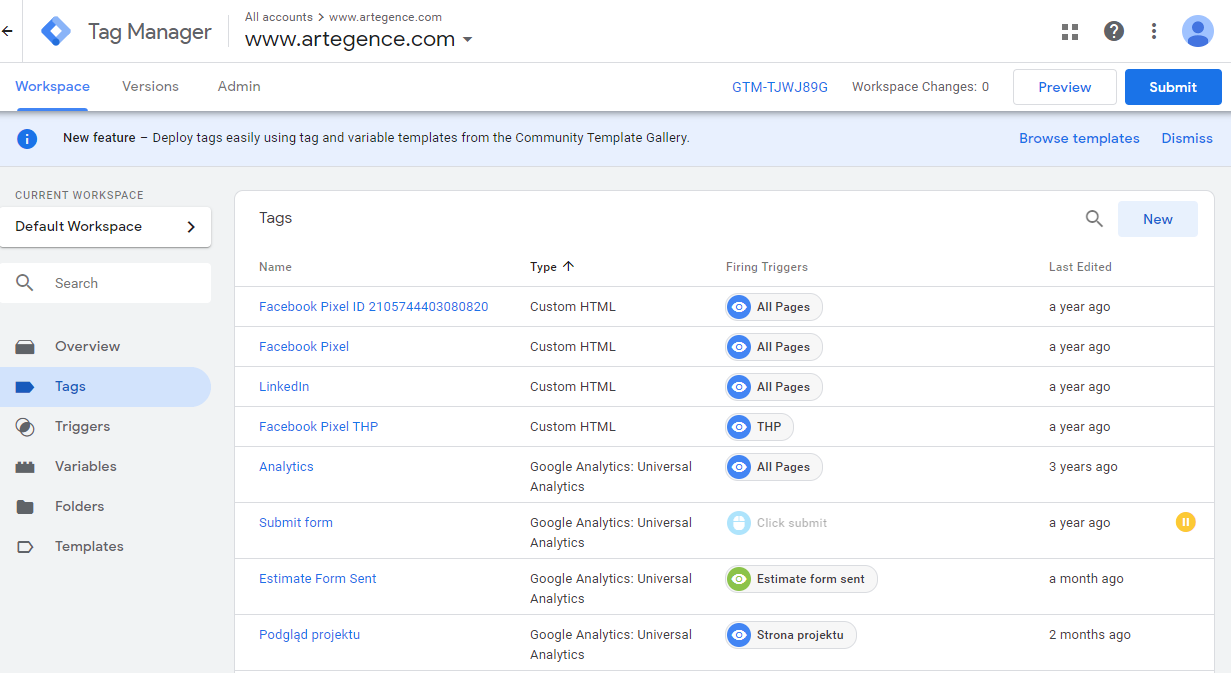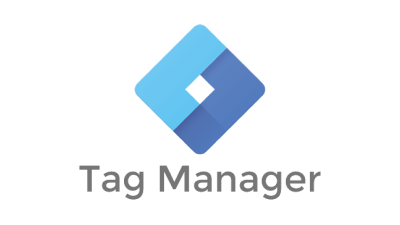Google Tag Manager Configuration Things To Know Before You Buy
Wiki Article
A Biased View of Google Tag Manager Configuration
Table of ContentsWhat Does Google Tag Manager Configuration Mean?Facts About Google Tag Manager Configuration UncoveredThe Best Guide To Google Tag Manager ConfigurationNot known Factual Statements About Google Tag Manager Configuration Some Ideas on Google Tag Manager Configuration You Need To KnowThe Best Strategy To Use For Google Tag Manager Configuration

Yay! You've pertained to the best component of the entire production procedure. All the work that you did to develop the tags is coming to fruition. To introduce, click on the blue switch in the right-hand corner that claims Submit. On the following screen, you'll see the choice to create a brand-new version for these changes.
The very first four are failsafe features that will certainly assist you stop and recover from any blunders you may make within Google Tag Manager. These 4 failsafe features can help you prevent and also recuperate from any blunders you might make within Google Tag Manager. Work areas, Sneak Peeks, Variations, Third-Party Tags If you have multiple customers operating in GTM, Workspaces makes it simple to deal with something without also touching what other individuals are working with. google tag manager configuration.

Google Tag Manager Configuration Can Be Fun For Anyone
You can see that there are certain tags that are discharged as well as ones that aren't. From there, you can determine what's functioning and what's not prior to you publish your brand-new tags. A version is created each time you release a modification to the container. This will certainly assist a user develop a history of the changes in GTM, when those adjustments were made, and by whom.You can simply republish among the previous variations of GTM.When you go to the Versions area of GTM, you'll be able to see when the last version was developed as well as released, by who and also the Version products such as tags, triggers, as well as variables. You'll additionally see the version adjustments that were made there.
Select Some Web Page Views, to ensure that it does not set off on all web pages. That's a sure method to inflate your conversions without suggesting to. If you do not want your tag to fire on all pages, you'll define the web pages below. Below that, you'll select the their website problems when the occasion happens. The initial dropdown has a number of variables to select from.
The 3rd area is where we define the URL.In this situation, the link will certainly have/ thank-you. Event tracking is an area where GTM can actually beam. Before GTM, if you wanted to track events such as button clicks as well as video plays, you would certainly have a developer add the tracking code for every.
Things about Google Tag Manager Configuration
Event tracking is incredibly incredible. If yes, event tracking is going to be your brand-new BFF.Set your Built-In Variables.This makes it very easy when you start developing even more tags and sets off down the line. Do you ever wonder if all that content you developed is in fact obtaining eyeballs on it particularly below the layer?
To obtain started on this, create a trigger as well as name it something like DOM Ready, which simply means that the scroll depth tag will terminate when the DOM is prepared - google tag manager configuration. DOM stands for Document Object Model.
When this trigger is developed, relocate on to creating your tag. Select Custom HTML in the Personalized area of the tag types.
An Unbiased View of Google Tag Manager Configuration
For each of the variables, you'll create a Data Layer Variable in the Web Page Variable Kind. Here's the beginning web page for creating the next 4 variables. The 4 variables will look like the screenshots listed below: event, Group variableevent, Action variableevent, Tag variableevent, Value variable Once your variables are developed, you'll want to send that tracking details to the information layer.my link Name your tag and choose Event as the Track Kind. The 4 variables that you developed are added right into the tracking criteria.
The trigger kind that you'll pick is the Customized Occasion. Call your trigger, add the occasion name, and save whatever.
These can can be found in useful prior to the conversion and even after the conversion. We have a client who, after their visitors downloaded the white paper, were offered the alternative to download other PDFs. We wished to track this to see what visitors' passions are, so we can supply something different at afterward.
The 8-Second Trick For Google Tag Manager Configuration

To obtain started, you'll desire to create a few user-defined variables. Go to the Variables area in Google Tag Supervisor, as well as click to develop a brand-new User-Defined Variable.
In Google Analytics, the time on the Rates Web page isn't counted. That's where Trigger Timers come to the rescue.
Currently that that Timer Trigger is created, you'll desire to create a tag to press this occasion to GA.
Not all tags are created equal, and also you might want specific tags to fire prior to others. If you have a particular order for which you want your tags to fire, Tag Sequencing will certainly allow you to define if you want the tag to fire before or after one more tag.
To omit internal website traffic, produce a variable as well as name it IP Address. Choose Data Layer Variable as the Variable kind. To start excluding IP addresses, you'll use Data Layer Variable. Call the Data Layer Variable and save. Call your variable. Next off, you'll create the trigger to terminate this. You'll choose Custom-made Occasion as the Trigger kind, add a name for the event, as well as pick for the trigger to fire on some custom events.
Report this wiki page